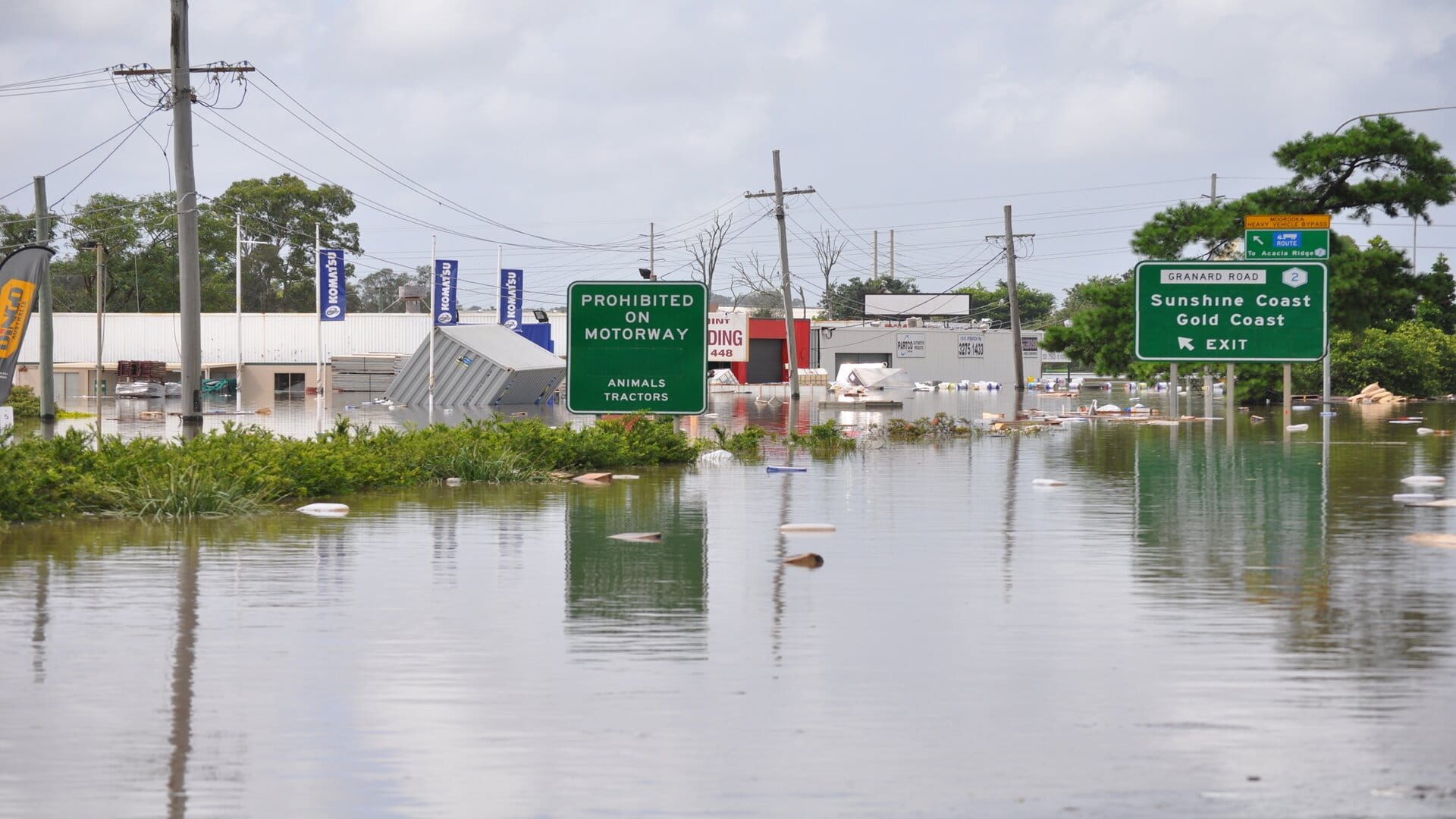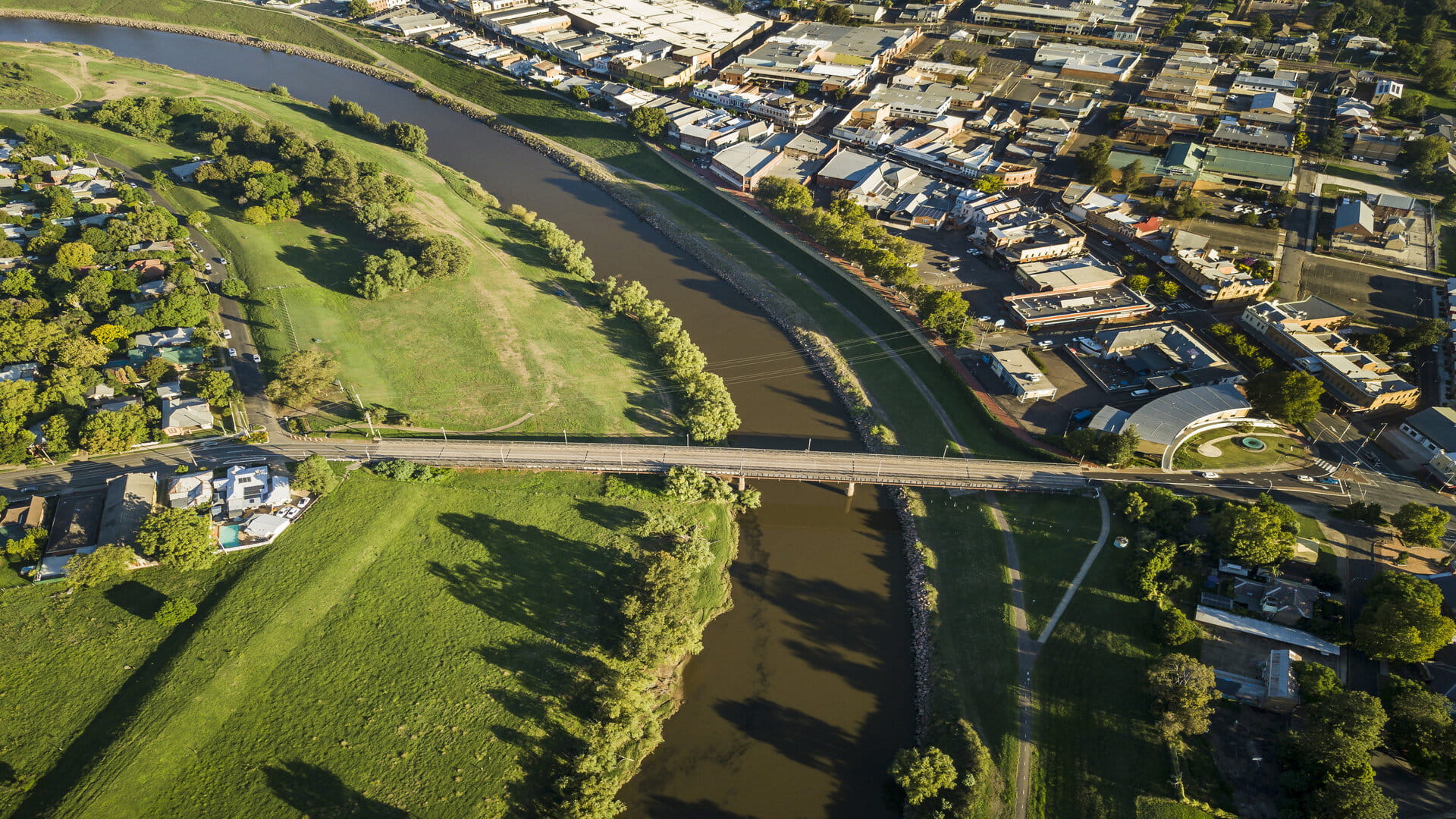It is time to start preparing for the next big flooding in Australia

Australia has recently experienced the wettest decade on record, resulting in devastating floods across the East Coast during the La Niña conditions experienced in 2021 and 2022. This was followed by a shift to El Niño conditions in late 2023, which could lead to temporarily drier conditions. Now the Bureau of Meteorology has indicated that the El Niño Southern Oscillation (ENSO) is inactive for the first time since 2021, meaning there is no immediate sign of either an El Niño or a La Niña event, and that this situation will likely continue until at least July 2024. As a result, attention and financial resources are likely to be directed towards droughts and bushfires until the next "wet" period brings major flood events. This reactive approach to emergencies is unsustainable in a time when weather events are becoming more extreme. Now is the time to prepare for the next major flood, but it must be done in a coordinated manner. Taking appropriate actions now will save lives and save the country hundreds of billions of dollars. Here are some of my thoughts on how to achieve that.
Dealing with climate change is a complex and challenging task. The rapid pace of change means there is a lack of sufficient data points for accurate predictions. Flood defence strategies that have been relied upon for decades can become obsolete overnight. For example, the levees along the Wilsons River in Lismore, NSW, were designed to withstand a one-in-10-year storm but overtopped during a one-in-500-year storm in February 2022, causing severe damage. These extreme events are expected to occur more frequently as the world continues to heat up.
Looking ahead, Queensland is predicted to carry the burden of climate change-related natural disasters, accounting for nearly 40 percent of the growing national cost. According to Deloitte's report, climate change-induced costs to Australia's economy from chronic and acute impacts will reach approximately $973 Billion by 2050 in present value terms, compared to a scenario without climate change.
To prevent this scenario, comprehensive and clear strategies for climate mitigation and adaptation must be implemented. Currently, the funding model is primarily reactive, with 97 percent of funds allocated to disaster recovery such as emergency services responding to events, repairing infrastructure damaged by flooding and rehousing people. On the other hand, only 3 percent is allocated to adaptation (building resilience) and mitigation (reducing greenhouse gas emissions) efforts. This imbalance needs to be corrected. So, what steps should be taken?
Firstly, strategic investments in climate resilience are necessary to break free from the cycle of continuously responding to and recovering from disasters. Investing one dollar in mitigation will result in a two-dollar saving in recovery expenses. Adaptation and mitigation should be integrated with disaster recovery, forming a new trinity that shifts the focus from flood recovery to climate resilience. With this approach, Deloitte estimates that the Australian economy would be boosted by $380 billion by 2050. Although it requires increased investment, the cost of inactivity will be much higher.
Another positive step would be the establishment of a federal agency to guide budget allocation. Existing organizations such as Floodplain Management Australia, National Emergency Planning Management Association, and the Bureau of Meteorology, along with state and private sector entities, will play significant roles in this endeavour.
Climate resilience relies on accurate and reliable data
In order to address the challenges posed by climate change, it is crucial to improve our data collection methods. Currently, the budget for flood management in Australia is divided into two categories: studies and projects focused on flood investigation and mapping, as well as the construction and repair of infrastructure like levees, drainage systems, gates, and pumps, and the operational budgets primarily covering the maintenance of existing systems. However, the funding for monitoring, flood forecasting, and early warning systems, which play a vital role in mitigating the impact of floods, is somewhat limited in Australia. This needs to be reviewed.
Insufficient data is particularly problematic in urban areas and less developed regions of the country. Adequate data is essential for effective planning and the development of early warning systems. One area that requires attention is the density of gauge stations, which measure rainfall and water levels and transmit data through satellite or telemetry systems. Improving the number of gauge stations can enhance the accuracy and coverage of data. Successful pilot projects have demonstrated the value of increasing data density.
For instance, the City of Parramatta employs an app that combines data from gauge stations with rainfall forecasts from the Bureau of Meteorology (BoM) and numerical models to predict flash floods. This technology allows planners and emergency services to shift from a reactive approach to a proactive one, enabling them to plan for predicted events. The sharing of data is of utmost importance in this process.
It is crucial to recognize that while investments in monitoring, forecasting, and early warning systems are essential, they must be complemented by measures to enhance river and coastal defences, such as levees, dams, gates, pumps, flood barriers, and seawalls. These actions should go hand in hand with climate change mitigation efforts aimed at reducing greenhouse gas emissions.
The recent major floods served as a wake-up call for a nation that may have become complacent over the past three decades. Therefore, it is imperative to take action now to minimize the impact of future large-scale floods. Failing to do so would be unacceptable considering the potential consequences.
Want to know moreor got a question?
Contact our Climate Resilience experts!
![[object Object] [object Object]](https://www.royalhaskoningdhv.com/-/media/images/employees-profile-pics/p/patterson-ben.jpg?h=500&iar=0&w=500&hash=1D425CB4533BF959C1F0243E13018A04)







